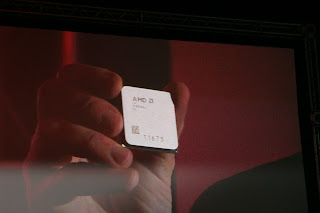
The personal assistant application on Apple’s iPhone 4S has leaked its own ability to speak Japanese, according to a few tipsters.
The screenshots above (courtesy of 9to5mac) are testimony that Siri is now able to speak Japanese, although the feature may not be fully enabled just yet.
The Siri FAQ states that “Siri understands and can speak” English (United States, United Kingdom, Australia), French (France), and German (Germany), and that in 2012 Siri will support additional languages.
Those are Japanese, Chinese, Korean, Italian, and Spanish, though Apple hasn’t confirmed support for these just yet.
For those asking if they can use Siri in any of these languages in other countries, the answer is Yes. The service does keep track of your...



 2/14/2012 11:58:00 PM
2/14/2012 11:58:00 PM
 dannzfay
dannzfay



































